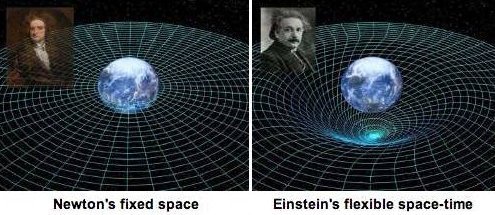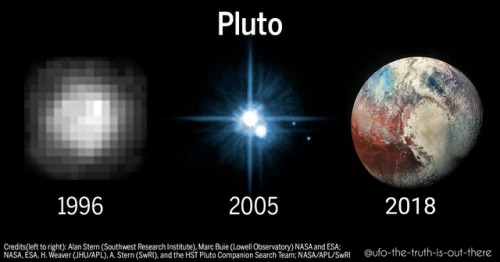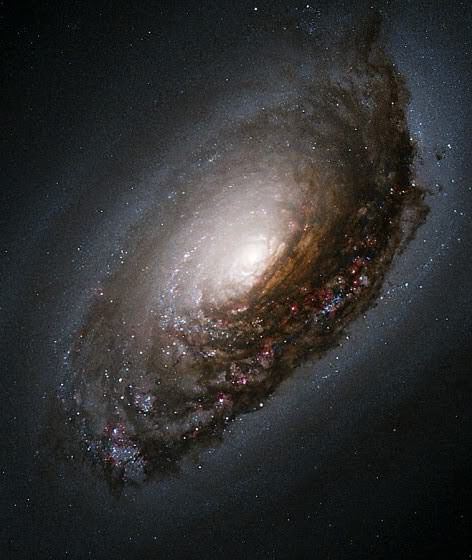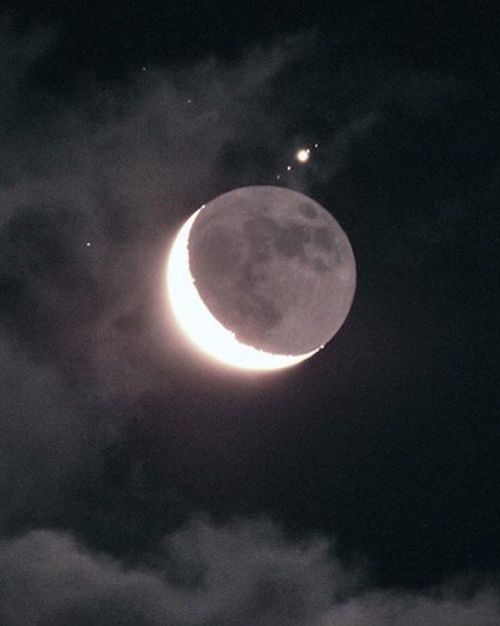The Surprising Reason Why Neutron Stars Don’t All Collapse To Form Black Holes










The Surprising Reason Why Neutron Stars Don’t All Collapse To Form Black Holes
“The measurements of the enormous pressure inside the proton, as well as the distribution of that pressure, show us what’s responsible for preventing the collapse of neutron stars. It’s the internal pressure inside each proton and neutron, arising from the strong force, that holds up neutron stars when white dwarfs have long given out. Determining exactly where that mass threshold is just got a great boost. Rather than solely relying on astrophysical observations, the experimental side of nuclear physics may provide the guidepost we need to theoretically understand where the limits of neutron stars actually lie.”
If you take a large, massive collection of matter and compress it down into a small space, it’s going to attempt to form a black hole. The only thing that can stop it is some sort of internal pressure that pushes back. For stars, that’s thermal, radiation pressure. For white dwarfs, that’s the quantum degeneracy pressure from the electrons. And for neutron stars, there’s quantum degeneracy pressure between the neutrons (or quarks) themselves. Only, if that last case were the only factor at play, neutron stars wouldn’t be able to get more massive than white dwarfs, and there’s strong evidence that they can reach almost twice the Chandrasekhar mass limit of 1.4 solar masses. Instead, there must be a big contribution from the internal pressure each the individual nucleon to resist collapse.
For the first time, we’ve measured that pressure distribution inside the proton, paving the way to understanding why massive neutron stars don’t all form black holes.
More Posts from Riekod and Others


Declining Arctic sea ice: The 2018 Arctic Report Card found the Arctic region had the second-lowest overall sea-ice coverage on record. The map shows the age of sea ice in the Arctic ice pack in March 1985 (left) and March 2018 (right). Ice that is less than a year old is darkest blue. Ice that has survived at least 4 full years is white. Maps were provided by NOAA Climate.gov and based on data provided by Mark Tschudi./University of Colorado/CCAR. (NOAA Climate.gov)
Excerpt from this Washington Post story:
Over the past three decades of global warming, the oldest and thickest ice in the Arctic has declined by a stunning 95 percent, according the National Oceanic and Atmospheric Administration’s annual Arctic Report Card.
The finding suggests that the sea at the top of the world has already morphed into a new and very different state, with major implications not only for creatures such as walruses and polar bears but, in the long term, perhaps for the pace of global warming itself.
The oldest ice can be thought of as a kind of glue that holds the Arctic together and, through its relative permanence, helps keep the Arctic cold even in long summers.
“The younger the ice, the thinner the ice, the easier it is to go away,” said Don Perovich, a scientist at Dartmouth who coordinated the sea ice section of the yearly report.
If the Arctic begins to experience entirely ice-free summers, scientists say, the planet will warm even more, as the dark ocean water absorbs large amounts of solar heating that used to be deflected by the cover of ice. The new findings were published as climate negotiators in Poland are trying to reach a global consensus on how to address climate change.
In March, NASA scientists with the Operation IceBridge mission, which surveys the polar regions using research aircraft, witnessed a dramatic instance of the ongoing changes. Flying over the seas north of Greenland, in a region that usually features some of the oldest, thickest ice in the Arctic, they instead saw smooth, thin strips binding together the thicker, ridged pieces.
What are Gravitational Waves?
Today, the National Science Foundation (NSF) announced the detection of gravitational waves by the Laser Interferometer Gravitational-Wave Observatory (LIGO), a pair of ground-based observatories. But…what are gravitational waves? Let us explain:

Gravitational waves are disturbances in space-time, the very fabric of the universe, that travel at the speed of light. The waves are emitted by any mass that is changing speed or direction. The simplest example is a binary system, where a pair of stars or compact objects (like black holes) orbit their common center of mass.

We can think of gravitational effects as curvatures in space-time. Earth’s gravity is constant and produces a static curve in space-time. A gravitational wave is a curvature that moves through space-time much like a water wave moves across the surface of a lake. It is generated only when masses are speeding up, slowing down or changing direction.
Did you know Earth also gives off gravitational waves? Earth orbits the sun, which means its direction is always changing, so it does generate gravitational waves, although extremely weak and faint.
What do we learn from these waves?
Observing gravitational waves would be a huge step forward in our understanding of the evolution of the universe, and how large-scale structures, like galaxies and galaxy clusters, are formed.
Gravitational waves can travel across the universe without being impeded by intervening dust and gas. These waves could also provide information about massive objects, such as black holes, that do not themselves emit light and would be undetectable with traditional telescopes.

Just as we need both ground-based and space-based optical telescopes, we need both kinds of gravitational wave observatories to study different wavelengths. Each type compliments the other.
Ground-based: For optical telescopes, Earth’s atmosphere prevents some wavelengths from reaching the ground and distorts the light that does.
Space-based: Telescopes in space have a clear, steady view. That said, telescopes on the ground can be much larger than anything ever launched into space, so they can capture more light from faint objects.
How does this relate to Einstein’s theory of relativity?
The direct detection of gravitational waves is the last major prediction of Einstein’s theory to be proven. Direct detection of these waves will allow scientists to test specific predictions of the theory under conditions that have not been observed to date, such as in very strong gravitational fields.

In everyday language, “theory” means something different than it does to scientists. For scientists, the word refers to a system of ideas that explains observations and experimental results through independent general principles. Isaac Newton’s theory of gravity has limitations we can measure by, say, long-term observations of the motion of the planet Mercury. Einstein’s relativity theory explains these and other measurements. We recognize that Newton’s theory is incomplete when we make sufficiently sensitive measurements. This is likely also true for relativity, and gravitational waves may help us understand where it becomes incomplete.
Make sure to follow us on Tumblr for your regular dose of space: http://nasa.tumblr.com


M64, The Black Eye Galaxy

Jupiter and 4 of her moons peaking out from behind our moon!
The Unreasonable Effectiveness of Mathematics in the Natural Sciences
Scholars have often expressed astonishment for how well mathematics works to describe our physical world. In 1960, Eugene Wigner published an article with the title above commenting that
…the mathematical formulation of the physicist’s often crude experience leads, in an uncanny number of cases, to an amazingly accurate description of a large class of phenomena.
Here are some others’ thoughts:
The most incomprehensible thing about the universe is that it is comprehensible.
— Albert Einstein
Physics is mathematical not because we know so much about the physical world, but because we know so little; it is only its mathematical properties that we can discover.
— Bertrand Russell
How can it be that mathematics, being after all a product of human thought which is independent of experience, is so admirably appropriate to the objects of reality?
— Albert Einstein
Our physical world doesn’t have just some mathematical properties, it has only mathematical properties.
— Max Tegmark
Physicists may have fallen prey to a false dichotomy between mathematics and physics. It’s common for theoretical physicists to speak of mathematics providing a quantitative language for describing physical reality… But maybe… math is more than just a description of reality. Maybe math is reality.
— Brian Greene
More info at https://en.wikipedia.org/wiki/The_Unreasonable_Effectiveness_of_Mathematics_in_the_Natural_Sciences


Neptune
It is named after the Roman god of the sea and has the astronomical symbol ♆, a stylised version of the god Neptune’s trident.

The Andromeda Galaxy Floats Above the Dawn Clouds - May 6, 2017
Joseph Brimacombe
It’s sad how much of what is taught in school is useless to over 99% of the population.
There are literally math concepts taught in high school and middle school that are only used in extremely specialized fields or that are even so outdated they aren’t used anymore!
-
 knightgalaxus001 liked this · 4 years ago
knightgalaxus001 liked this · 4 years ago -
 iwanttowatchyoufuckher-blog liked this · 4 years ago
iwanttowatchyoufuckher-blog liked this · 4 years ago -
 hornthingsilove liked this · 4 years ago
hornthingsilove liked this · 4 years ago -
 vittvatten liked this · 4 years ago
vittvatten liked this · 4 years ago -
 americanappall liked this · 4 years ago
americanappall liked this · 4 years ago